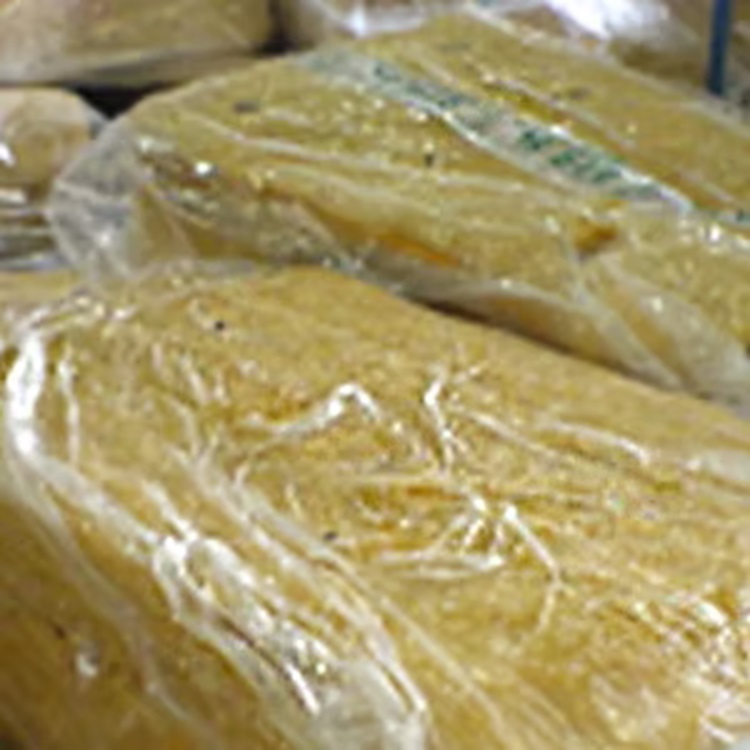We unleash your business potential by maximize the business innovation.
Send EmailButadiene Rubber, Polybutadiene, BR Rubber, Polybutadiene Rubber, Cis-Polybutadiene, High-Cis BR, Low-Cis BR, Synthetic Rubber, Artificial Rubber, BR, 9003-17-2
The CAS number for Butadiene Rubber (BR) is 9003-17-2
Butadiene Rubber (BR), also known as Polybutadiene, is a synthetic rubber made from the polymerization of the monomer 1,3-butadiene. Here are some key details about BR:
General Information
-
Composition: BR is composed of butadiene monomers.
-
Production: It is produced through solution polymerization.
Properties
-
Elasticity: High elasticity and flexibility, especially at low temperatures.
-
Abrasion Resistance: Excellent resistance to wear and tear.
-
Temperature Range: Typically between -60°C and 100°C.
-
Chemical Resistance: Resistant to acids, bases, alcohol, and water.
Uses
-
Tire Manufacturing: A significant portion of BR is used in the production of tires for automobiles and trucks due to its high wear resistance and flexibility.
-
Industrial Goods: Used in conveyor belts, hoses, and gaskets.
-
Footwear: Popular for shoe soles, especially in work and outdoor footwear.
-
Consumer Goods: Used in golf balls, various elastic objects, and to coat or encapsulate electronic assemblies.
Advantages
-
Durability: High tensile strength and resistance to aging.
-
Versatility: Suitable for a wide range of applications due to its unique properties.
These details provide a comprehensive overview of Butadiene Rubber (BR) and its significance in various industries
Physical Properties
-
Appearance: Solid or viscous liquid, depending on the degree of polymerization.
-
Density: 0.91 - 0.93 g/cm³.
-
Temperature Range: -60°C to 100°C.
-
Solubility: Soluble in oils, fuels, and other organic solvents.
Chemical Properties
-
Chemical Formula: (C₄H₆)x.
-
Molecular Weight: Variable, depending on the degree of polymerization.
-
Abrasion Resistance: Excellent resistance to wear and tear.
-
Stability: Stable, but combustible. Incompatible with strong oxidizing agents.
These properties make BR suitable for various applications, including tire manufacturing, industrial goods, and consumer products.
Butadiene Rubber (BR) is also known by several other names and classifications, depending on its composition and production process. Here are some alternative names and classifications:
-
Polybutadiene: The most common name for BR, referring to its polymer structure.
-
Cis-Polybutadiene: A specific type of BR with a high cis content, known for its high elasticity and resilience.
-
High-Cis BR: Another term for cis-polybutadiene, emphasizing its high cis content.
-
Low-Cis BR: A type of BR with a lower cis content, offering different properties compared to high-cis BR.
Butadiene Rubber (BR) is commonly referred to as "synthetic rubber" or "artificial rubber" in everyday language. These terms emphasize that BR is a synthetic alternative to natural rubber.
BR Rubber (Polybutadiene Rubber)
BR rubber, also known as Polybutadiene Rubber, is a type of synthetic rubber that is highly elastic and maintains its flexibility over a wide temperature range. It is produced using high cis-content (95-97%) and low cis-content (35%) types. In Turkey, PBR 1220 (CBR 1203) is predominantly preferred.
Physical Properties:
-
Color: Typically white or amber.
-
Density: Approximately 0.91 g/cm³.
-
Hardness: Ranges from 40-70 Shore A.
-
Tensile Strength: 15-25 MPa.
-
Elongation: Between 400% - 600%.
-
Operating Temperature: -50°C to 100°C.
Chemical Properties:
-
Chemical Resistance: Good resistance to abrasion and cracking.
-
Ozone and UV Resistance: Moderate resistance to ozone and UV.
-
Oil Resistance: Low resistance to mineral oils.
-
Electrical Properties: Good electrical insulator.
CAS Number:
The CAS number for BR rubber is 9003-17-2.
Other Names:
-
Polybutadiene Rubber
-
BR (common abbreviation)
-
PBR (Polybutadiene Rubber)
-
CBR (Cis-Polybutadiene Rubber)
Common Names:
In everyday language, BR rubber is often referred to as "synthetic rubber" or simply "rubber." It is widely recognized due to its use in car tires, conveyor belts, cable insulation, hoses, shoe production, and golf balls.
